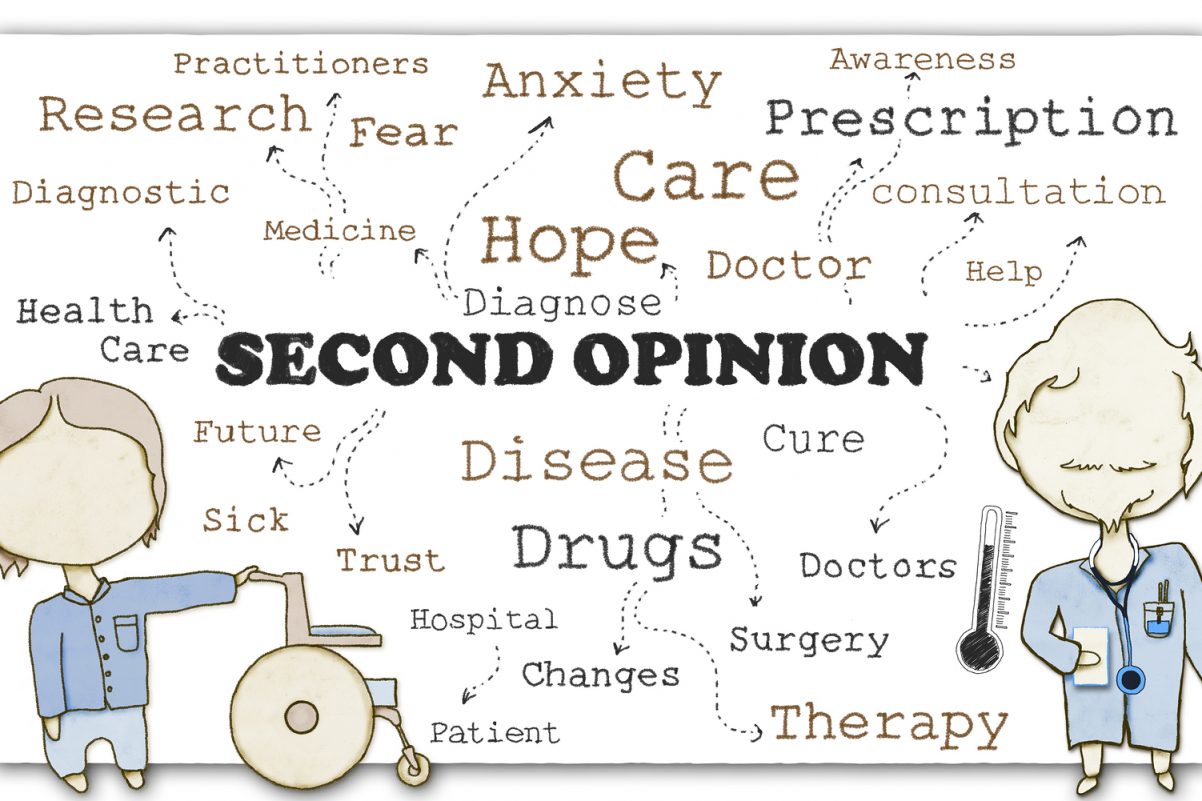Of the 2.7 trillion dollars that will be spent on health care in these United States in 2012, more than $600 billion will be wasted. Excess testing and procedures, inflated charges, archaic business models, futile end-of-life care and exploding drug costs are some of many reasons. Predicted 25 years ago this crisis has been the focus of extensive academic analysis. It is reasonable to assume that with the primary goal of helping our country afford medical treatment, modern medical students are given extensive training in quality, cost containment and efficiency. Apparently not.
In a fascinating and surprising paper in the journal Health Affairs, researchers find the most recent medical school graduates actually spend more treating their patients. The analysis shows that each decade a physician is in practice their costs decrease. Physicians in practice less than 10 years spend 13.2% more than physicians with forty years of experience. There was no relationship to any other factor, such as malpractice claims, board certification or patient mix. Simply put, medical schools have not learned that there is a need to reduce cost and do not teach this lesson to their students. It is only when physicians gain wisdom in the actual practice of medicine, that their experience saves dollars.
The article does not break down in any detail the reasons for this gross failure in medical education, leaving us to await further research and, for the moment, to guess. Having served as voluntary medical school faculty for 26 years, I have an observation. Students are exposed to massive technology in the form of new drugs (expensive), new tests (more expensive) and new therapies (extremely expensive) and in the flood of techno-learning little time is spent on balancing the latest and greatest with basic concepts such as the physical exam, counseling and decision making.
When I went to medical school (grad 1981) the encyclopedia of drugs, known as the PDR, was 2 inches thick. Now it is 6 inches thick but pharmacy class in medical school is exactly the same length. Thus, students spend most of their time memorizing lists, instead of differentiating therapies. There has been the same explosion in surgical techniques (transplant, robotics, laparoscopic…), radiology (MRI, PET, CTA, invasive procedures…) and pathology (cytogenetics, immunoassays, monoclonals…). Academic careers based on a publish or perish model are often biased to produce more complex and expensive discovery. As medical schools focus on research and development instead of the excitement of analysis and the teaching of efficient quality based medicine, they put our entire healthcare system in jeopardy.
Now, the good news is that with experience, there is a drop in cost. That means that as doctors learn via the practice of medicine they apparently provide better and more efficient care. Thus, it is possible to use judgment to produce high quality results at less cost. The question is will we teach it?
If we are going to save those 600,000,000 yearly dollars, academic medicine (i.e. medical schools) must understand that the best medicine, the most efficient medicine, the highest quality medicine, is not produced simply by throwing the latest technology at the problem. The best medicine is the result of a balanced study of therapy, measuring result, cost and quality, to find the best care at the least cost. America was not made strong by producing the most expensive luxury cars, but by producing quality cars at a reasonable price so that all could benefit. By this method not only will we be able to afford medical care, but the care we give will result in a healthier population.
The future of healthcare depends on spending our dollars wisely and it must start by the training of young physicians. While it is vital that research produce innovation, if medical schools continue to ignore their responsibility to teach concepts of affordable care, we will not be able to afford the mythical healthcare we produce. Our young doctors must be the leaders in this medical revolution and our medical schools must show them the way.







3 Comments